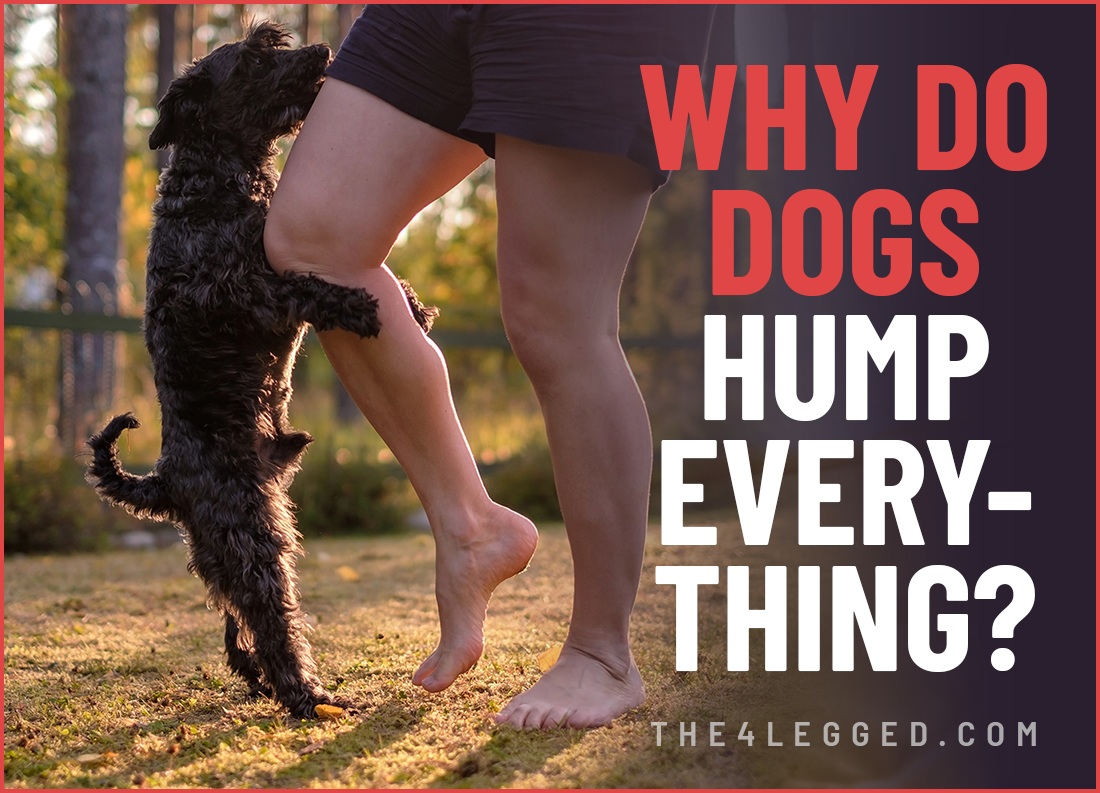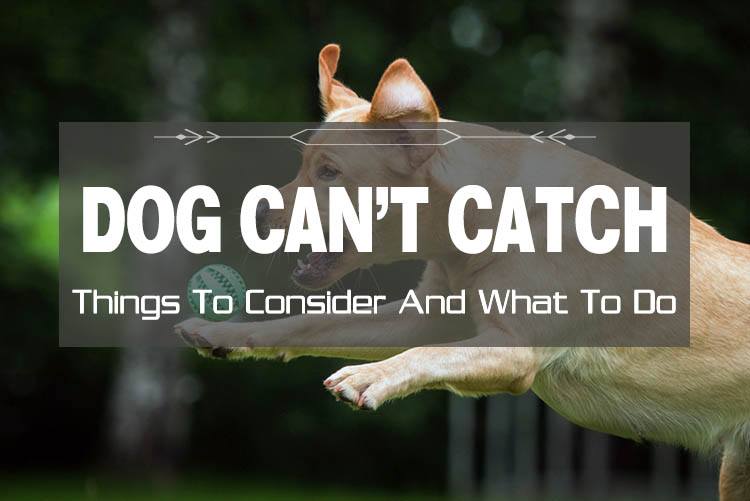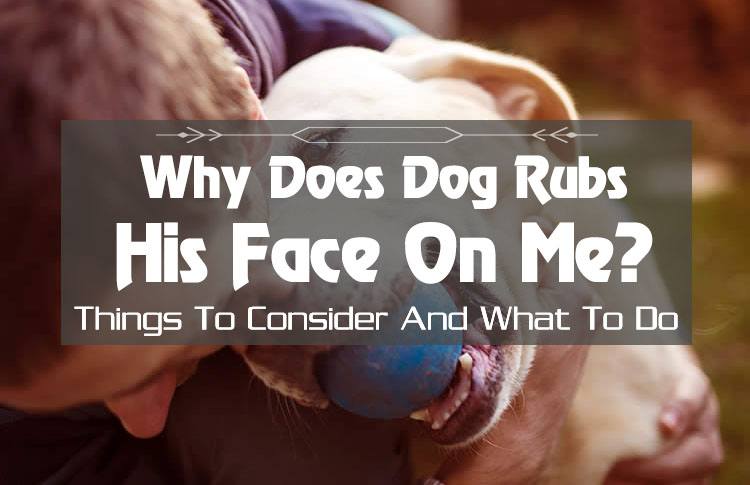Ever wondered why do dogs hump everything from other dogs to pillows or even your leg? While it can feel awkward or embarrassing, humping is actually a normal dog behavior that happens in both males and females, whether they’re spayed, neutered, or intact.
Dogs hump for many reasons beyond just sexual instincts. Excitement, stress, hormonal changes, or even the need for attention can all trigger this behavior. By understanding what’s really behind your dog’s humping, you’ll be better equipped to manage it and keep both your pup and your household at ease.
Key Takeaways
- Dogs hump for various reasons, including excitement, anxiety, attention-seeking, and hormonal influences, not just sexual motives.
- Managing humping behavior effectively requires understanding its triggers and implementing strategies like training, redirection, and environmental adjustments.
- Persistent or excessive humping may indicate underlying health issues or compulsive behavior, warranting professional guidance from trainers or veterinarians.
Why Do Dogs Hump?
Humping is a multifaceted behavior that dogs exhibit for various reasons. Humping, or dog hump, is a common and often benign behavior that many dogs display in response to excitement, stress, or as a form of self-soothing. Contrary to popular belief, it’s not always driven by sexual motives. Common reasons dogs hump include:
- Excitement
- Hormones
- Anxiety
- Attention-seeking behavior Both male and female dogs can engage in humping, whether they are spayed or neutered.
Knowing why dogs hump helps in addressing this behavior effectively. Humping can indicate social status among dogs and is often a part of their natural behavior. Dog mounting is frequently related to social signaling and dominance, and is not solely a sexual behavior but can also be a way for dogs to assert themselves among their peers. While it can be embarrassing or bothersome for owners, this embarrassing behavior may need to be managed to avoid social discomfort or awkward situations.
Let’s delve into the primary reasons why dogs hump for a few different reasons by exploring hormonal influences, play and excitement, and attention-seeking behavior.
Hormonal Influences
Hormones play a significant role in humping behavior in both male and female dogs, particularly in unneutered ones. Testosterone in unneutered male dogs often leads to increased humping behavior, especially when they are near unspayed females. Intact dogs are more likely to display this behavior due to hormonal influences. A male dog may be especially prone to hormone-driven humping, which can sometimes lead to problematic behaviors. This hormone-driven behavior is a natural part of a dog’s sexual maturity.
However, it’s not just the boys who hump. A female dog can also exhibit humping behavior due to hormonal influences. While neutering and spaying can reduce these hormone-driven behaviors, they may not eliminate them completely. A neutered dog may still hump, but the behavior is often less frequent compared to intact dogs. Neutered males may still hump, but the frequency might decrease, while female dogs may engage in humping for reasons other than sexual motivation.
Understanding the hormonal influences behind humping can help owners make informed decisions about spaying or neutering their pets. This step is key to managing the behavior effectively.
Play and Excitement
Humping is often associated with excitement in dogs, particularly evident during playtime. Puppies and younger dogs typically begin exhibiting humping behavior between 3 to 6 weeks of age during playtime. This is a normal part of their development and helps them learn social cues and boundaries. Dogs play hump as a common part of play behavior, similar to play fighting, and it is usually harmless when monitored.
Even adult dogs may hump during play sessions as a way to channel their excitement. Nonsexual arousal caused by excitement can trigger humping behavior in dogs. A dog start may include humping or other behaviors, such as barking, to initiate play or communicate excitement to other dogs.
Training can reduce the frequency and intensity of humping after play sessions. Providing enough exercise and using redirection techniques helps manage the dog’s excitement and prevent inappropriate humping.
Attention-Seeking Behavior
Dogs may resort to humping as a strategy to gain attention from their owners or others. This behavior is often reinforced when owners respond to it, leading the dog to repeat the behavior for attention. It’s a very common behavior that can quickly become a learned behavior if not addressed properly.
Humping can sometimes lead to aggressive behavior if the dog’s attempts to get attention are misunderstood or met with negative responses. For instance, a dog may become frustrated and escalate its behavior if it feels provoked or ignored.
Recognizing humping as a form of attention-seeking behavior is crucial. Owners should respond calmly and redirect the dog’s attention to more appropriate behaviors to prevent escalation. Capturing the dog’s attention is essential—using commands, toys, or engaging activities can help shift the dog’s focus away from humping and reinforce positive behaviors.
Social Status
Humping behavior is sometimes misunderstood as a straightforward sign of dominance or social status among dogs, but the reality is more nuanced. While some dogs may hump to assert themselves, others may do so out of insecurity or as a way to seek attention from more confident dogs. In many cases, a dog’s body language and the context of the interaction provide important clues about the underlying cause of the humping.
For example, an insecure dog might hump a more confident dog as a way to feel more secure or to gain social standing, while a confident dog may simply tolerate being humped without reacting. Because the reasons for humping can vary so widely, it’s important to observe your dog’s behavior closely and consider the overall social dynamics at play.
If you’re unsure about why your dog is humping or if the behavior seems excessive or problematic, consulting a certified professional dog trainer or a certified applied animal behaviorist can be invaluable. These experts can help you interpret your dog’s body language, identify the root cause of the humping, and develop a tailored plan to address the behavior effectively.
Stress and Anxiety as Triggers
Dogs, like humans, can experience stress and anxiety, which can manifest as a variety of behaviors, such as dog humps. Humping can serve as a coping mechanism for two dogs experiencing stress or anxiety. Addressing a dog’s stress is crucial for reducing stress-related humping behaviors. This behavior allows dogs to channel their anxious energy into a physical action, helping them to self-soothe. Dogs tend to use humping as a way to cope with their emotions, and a dog’s humping can be a part of this process.
Recognizing the triggers for humping in various settings helps in implementing effective management strategies. Monitoring your dog’s environment can help prevent humping by reducing overstimulation from noises or other dogs. Avoiding high-stimulation environments for dogs prone to humping can prevent unwanted behavior during socialization.
We will now explore how displacement behavior and environmental stressors contribute to humped humping.
Displacement Behavior
Displacement behaviors, like humping, allow dogs to channel their anxious energy into a physical action. This is a normal dog behavior that helps them cope with stress. For example, a dog might start humping during a play session if it feels overstimulated or anxious, which can sometimes lead to dog mounts.
Other self-soothing activities, such as chewing or licking, can also help relieve stress and alleviate anxiety in dogs. Humping may occur alongside other behaviors like licking or rubbing, so it’s important to distinguish between them. Providing alternatives helps dogs manage stress more effectively through self soothing behavior.
Environmental Stressors
New or unfamiliar environments can lead to increased stress in dogs, triggering humping behavior. Significant changes in a dog’s environment, such as new routines, unfamiliar pets, or the presence of strangers, can lead to stress-related humping.
Being in crowded or overly stimulating situations, like dog parks or busy streets, can cause dogs to exhibit humping as a response to stress. Addressing your dog’s stress through environmental adjustments, such as creating calm spaces, can reduce humping incidents.
Creating separate areas in the home for your dog can help manage humping behaviors during stressful situations. Understanding and mitigating environmental stressors helps dogs feel more secure and reduce unwanted humping. Owners should also watch for other signs of stress or discomfort that may accompany humping.
Medical Issues Behind Humping
While behavioral reasons are common, medical issues can also cause humping. There are a few possibilities for medical causes, such as urinary tract infections, itchy skin, or priapism. Medical problems, including urinary tract infections and skin allergies, can lead to excessive humping in dogs. These issues can cause discomfort, leading dogs to exhibit humping behavior as a response to pain.
Frequent humping can lead to physical issues such as dermatitis and painful lesions for male dogs. If your dog’s humping behavior is an issue, it’s essential to consult a professional. You should talk to a veterinarian, a certified dog trainer, or a veterinary behaviorist.
Let’s explore how urinary tract infections and skin allergies can contribute to humping.
Urinary Tract Infections
Urinary tract infections can lead to frequent mounting behaviors as dogs experience discomfort and urgency. When dogs have urinary tract infections, they may exhibit increased humping behavior due to discomfort or irritation. A urinary tract infection can cause discomfort, leading dogs to exhibit humping behavior as a response to pain.
Addressing the underlying medical problem helps in preventing humping and may require medical attention.
Skin Allergies and Irritations
Skin allergies can cause itching and irritation, prompting dogs to hump as a way to relieve their discomfort. Dogs with skin irritations may exhibit excessive humping as a response to discomfort.
Addressing skin allergies and providing appropriate medical treatment can reduce humping behavior in dogs.
Addressing and Redirecting Humping Behavior
Addressing and redirecting humping behavior requires a combination of proactive strategies and understanding the underlying causes. Implementing these strategies can significantly reduce humping behavior in various settings. This is especially important for managing dogs that hump people or other pets in the household.
Scolding or pulling the dog away can inadvertently reinforce a dog’s humping behavior. Instead, using a leash at dog parks allows for better control over your dog’s interactions, reducing the chances of humping. Punishing dogs for humping can lead to increased anxiety and worsen the behavior.
We will now delve into specific strategies such as neutering and spaying, training and redirection techniques, and seeking professional help.
Neutering and Spaying
Neutering and spaying are common procedures that can help manage undesirable behaviors, such as humping. Neutering can decrease sexual motivations in dogs, especially when around females in heat. While neutering may reduce hormone-related humping, it may not eliminate the behavior entirely.
Owners should understand that while humping may decrease after neutering, the behavior could still persist.
Training and Redirection Techniques
Training plays a crucial role in managing and redirecting humping behavior. When you notice your dog humping, interrupt the behavior and coax the dog to another activity. Removing the humping target helps to prevent the behavior from continuing.
Methods to redirect your dog’s attention include:
- Toys or games, such as food puzzles or squeaky toys
- Engaging your dog in calming behaviors, like getting them to sit or lie down
- Using a designated humping pillow or stuffed animal as a long-term solution for some dogs
Professional Help
Professional help should be sought when humping behavior continues despite consistent training efforts. If humping behavior persists after attempts to train and redirect, it may be time to consult a certified dog trainer. Compulsive humping often requires behavioral intervention to prevent escalation.
Certified professional dog trainers can provide personalized strategies to address this behavior effectively, often collaborating with a certified applied animal behaviorist.
Preventing Humping
Preventing humping behavior in dogs involves a proactive and comprehensive approach that addresses both the physical and emotional needs of your pet. Here are some effective strategies to help prevent dog humping and manage this very common behavior:
- Provide enough exercise and mental stimulation: Dogs with excess energy or boredom are more likely to engage in humping behavior. Make sure your dog gets plenty of physical activity through walks, play sessions, and interactive games. Mental stimulation, such as puzzle toys and training exercises, can also help keep your dog’s mind engaged and reduce unwanted behaviors.
- Manage attention seeking behavior: If your dog is humping to get your attention, try to ignore the behavior and instead reward calm, appropriate actions. Consistency is key—only give your dog attention when they are behaving in a way you want to encourage.
- Address underlying medical issues: Sometimes, humping can be a sign of medical problems such as urinary tract infections, skin allergies, or even compulsive behavior. If your dog is humping excessively or seems uncomfortable, consult your veterinarian to rule out any medical issues that may be contributing to the behavior.
- Redirect humping behavior: When you notice your dog is humping, gently interrupt and redirect their attention to a more appropriate activity, like sitting, playing with a toy, or performing a trained behavior. Reward your dog for making the right choice to reinforce positive habits.
- Spay or neuter: For intact males, spaying or neutering can help reduce humping behavior driven by hormones. While this may not eliminate humping entirely, it can significantly decrease hormone-related mounting in many dogs. Always consult your veterinarian to determine the best timing and approach for your dog.
- Train alternative behaviors: Teaching your dog commands like “leave it” or “stop” can help them learn self-control and reduce the urge to hump. Practice these commands regularly and reward your dog for responding appropriately.
- Monitor and manage social interactions: If your dog tends to hump other dogs or people, supervise their interactions closely and intervene early to prevent conflicts. A certified dog trainer or behaviorist can help you develop a plan to manage your dog’s social behavior and prevent humping in group settings.
By understanding the underlying causes of humping behavior and consistently applying these prevention strategies, you can help your dog develop better habits and reduce or eliminate unwanted humping. Remember, patience and positive reinforcement are essential, and don’t hesitate to seek professional guidance if you need extra support.
When Is Humping a Problem?
While humping can be a normal dog behavior, excessive humping can become problematic. Problems arise when a dog’s humping creates discomfort for other animals or humping people. Humping a person’s leg is a common example of problematic humping that may require intervention. Monitoring social interactions at parks ensures that humping doesn’t escalate into aggression.
Excessive humping can signal underlying health concerns, necessitating veterinary evaluation. Let’s explore when humping indicates compulsive behavior and when it can lead to aggression.
Compulsive Behavior
Persistent humping behavior can indicate that group play is not suitable for a dog. Owners should seek professional help if the humping persists despite efforts to stop it, as it may lead to a persistent erection. Specialized intervention is often required to prevent escalation of compulsive behavior.
Understanding the Underlying Cause can help in managing this behavior effectively.
Aggressive Behavior
When a dog’s attempts to get attention are misunderstood, it can lead to aggressive behavior. Humping behavior can sometimes lead to aggression if not properly addressed. Misunderstood attention-seeking can escalate a dog’s behavior, risking conflicts with other animals or humans.
Understanding the reasons behind humping and addressing them can help prevent aggression in dogs. Proper training and redirection are crucial to ensure that humping doesn’t develop into a more serious issue.
Managing Humping in Different Environments
Managing humping behavior is essential to ensure a harmonious living environment and comfortable social interactions with other dogs. Here are some ways to manage this behavior:
- At home, use consistent commands and redirection techniques to discourage inappropriate humping.
- When at dog parks, monitor play interactions and intervene if humping occurs.
- Encourage positive social skills and appropriate play behavior.
Different environments pose unique challenges, but with the right strategies, you can manage your dog’s humping effectively. Whether at home or in more social settings like dog parks, it’s important to stay vigilant and proactive.
At Home
To effectively reduce humping in the home setting, consider the following approaches:
- Redirect your dog’s attention to toys or other activities.
- Provide designated outlets for stress-induced humping, such as a specific toy or pillow.
- Establish clear boundaries and maintain consistent training routines to diminish humping behavior within the home.
With these strategies, you can create a more peaceful and controlled home environment, reducing the chances of inappropriate stop humping and managing other objects.
Dog Parks
Overstimulation in environments with many dogs or people can trigger humping behavior in dogs. Dog parks and daycare environments with too much stimulation can increase stress in dogs, resulting in humping. Setting up playdates or visiting parks at quieter times helps manage a dog’s stress in social settings.
If your dog begins to hump another dog, it’s important to interrupt the behavior and redirect your dog to a different activity. Monitoring play interactions and intervening when necessary ensures that humping doesn’t disrupt the social dynamics of the other dog park.
Summary
Humping may look odd or even awkward, but for dogs it’s often just a way of showing excitement, coping with stress, or signaling socially. In most cases, it’s nothing to worry about—but when the behavior becomes constant, it can signal medical issues or anxiety that deserve attention.
With consistent training, smart redirection, and routine vet checkups, you can keep the behavior in check and support your pup’s well-being. Want to decode more canine quirks? Browse our dog behavior guides for practical, vet-friendly tips.
Frequently Asked Questions
Why do dogs hump other dogs?
Dogs hump other dogs for reasons like hormonal influences, excitement, or simply seeking attention. While it’s usually a normal behavior, you can manage it with proper training and redirection.
Can neutering or spaying stop my dog from humping?
Neutering or spaying can help reduce humping due to hormonal prompts, but it won’t necessarily stop it completely since excitement or seeking attention can also trigger the behavior. So, it’s worth considering additional training or behavioral strategies!
How can I stop my dog from humping guests?
You can effectively stop your dog from humping guests by interrupting the behavior and redirecting their attention to a toy or another activity. Consistent training and giving them appropriate outlets for their energy will also help manage this issue.
Is humping a sign of a medical problem?
Humping can sometimes signal a medical problem, like urinary tract infections or skin allergies. If it’s excessive, it’s a good idea to talk to your vet for a proper check-up.
When should I seek professional help for my dog’s humping behavior?
If your dog’s humping behavior continues despite your training efforts, it’s a good idea to seek help from a certified dog trainer or veterinary behaviorist. Compulsive behaviors often need professional guidance to resolve effectively.




